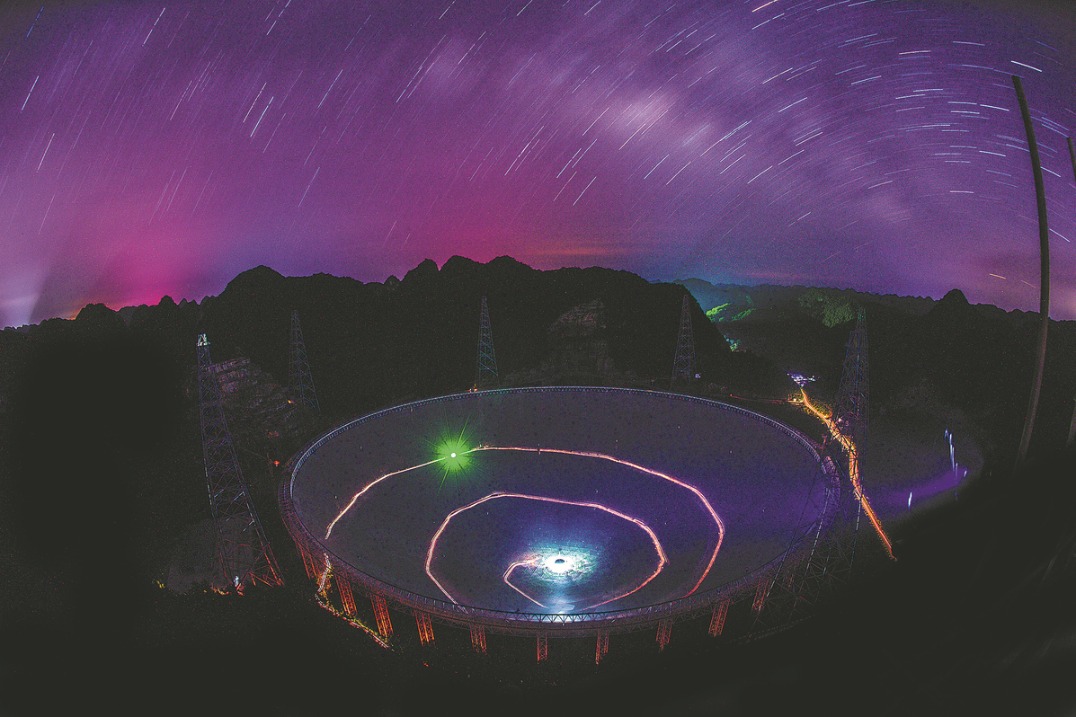Closer encounters with space for understanding and asteroid defense


China's Tianwen 2 probe is scheduled for launch on a Long March 3B rocket in May 2025. This is an ambitious mission which involves collecting samples from a near-Earth asteroid, delivering it to Earth, and then taking a gravitational slingshot back into deep space to study a comet.
The first destination is the near-Earth asteroid 469219, a quasi-satellite of Earth. After rendezvousing with Kamo'oalewa, as it is called in the Hawaiian language, the spacecraft will carry out remote sensing to assess potential landing sites. It will then attempt to collect samples using two different techniques — touch-and-go and anchor-and-attach — and then return to Earth to deliver the samples for analysis.
Kamo'oalewa is about 14.5 million kilometers away and the mission will take around two and a half years. This is the first time an asteroid sampling mission is using the anchor-and-attach method, with the autonomously operating lander employing four robotic arms with drills to secure itself onto the surface.
If the mission is successful it will determine if Kamo'oalewa is a primitive planetary body or a piece of the moon that blasted into space on the impact of an asteroid, as a French analysis concluded in April.
By returning with samples from Kamo'oalewa, Tianwen 2 will test the technologies involved in conducting round trips from asteroids, increasing hopes of mining from the Asteroid Belt in the not-so-near future.
Many of the asteroids have high metal content, of which a good example is Psyche, 30 to 60 percent of its volume being metals that might be worth $100,000 quadrillion.
After sending the capsule to Earth, the Tianwen 2 spacecraft will use its close encounter with the planet to propel itself into a transfer orbit that will take it to the main-belt comet 311P/PANSTARRS. After reaching there about seven years later, it will orbit the comet and conduct a remote sensing study.
China also has Tianwen 3 scheduled for launch in 2028, which is a round-trip mission to collect samples from Mars, and the ambitious Tianwen 4 mission, which is scheduled to launch around 2030 and involves both a Jupiter orbiter and a Uranus flyby spacecraft.
Relatively low-cost, such missions can provide a better understanding of the early stages of the solar system and lead the way to the assessment of space resources and their utilization, as well as the development of asteroid-strike defense strategies.


































